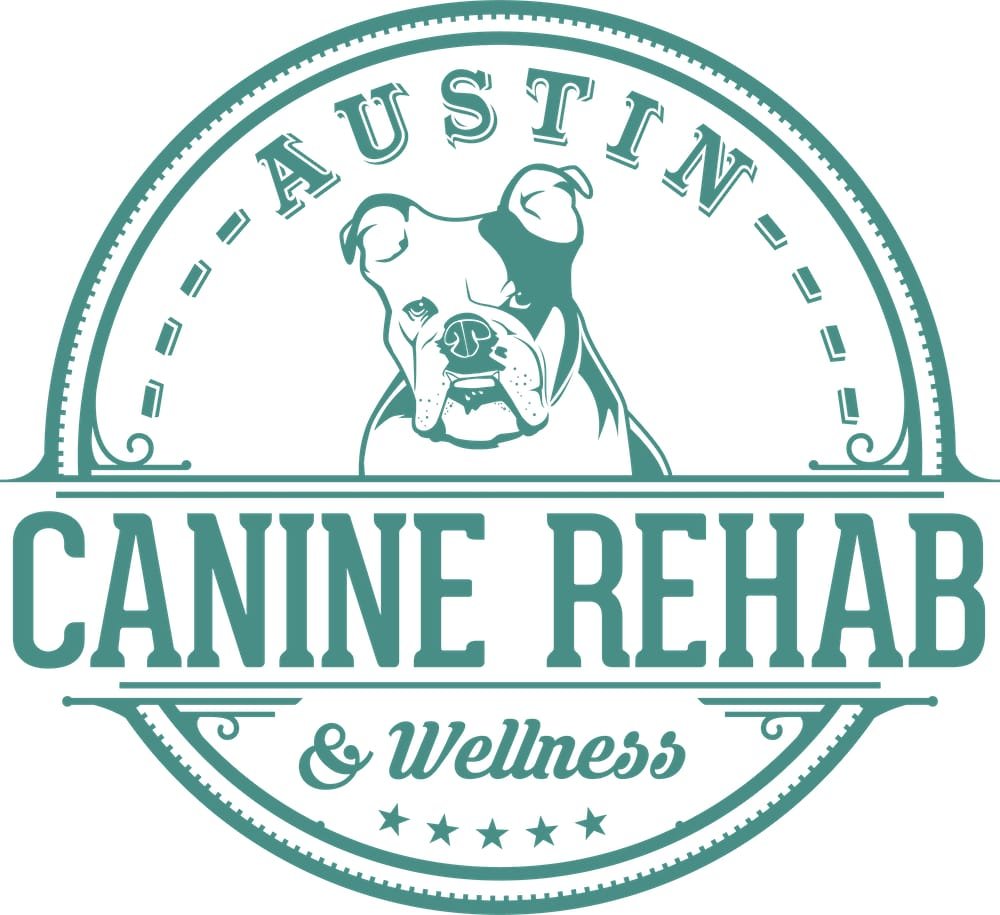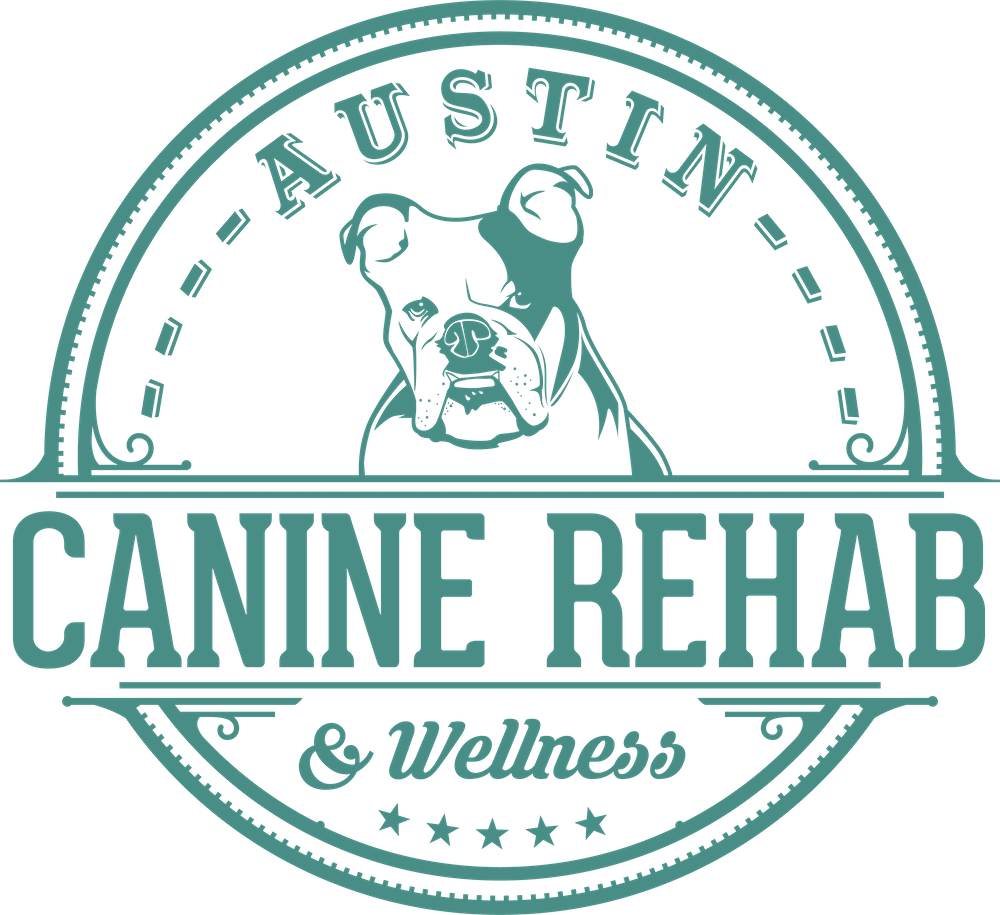What Causes Sudden Hind Leg Weakness in Dogs?
Noticing a sudden change in your dog’s health is a scary experience for a pet owner. One moment, your dog seems to be running and playing as usual – and a moment later, they are struggling to move and are in obvious discomfort. What happened?
One potential issue that can develop seemingly out of nowhere is sudden hind leg weakness. If you notice this occurring in your dog, it’s important to remain calm and understand that many different root causes could be to blame.
Let’s take a closer look at this topic below and be sure to reach out for help from a qualified professional when it becomes clear that your dog needs assistance.
Common Causes of Back Leg Weakness in Dogs
One of the trickiest things about sudden weakness in the hind legs is the many different reasons that can lead to this problem. Some of the possibilities include the following –
Injury or trauma. While you certainly don’t want this to occur to your dog, this is the point on the list that will be the easiest to observe. You will know if your dog has experienced some type of serious trauma, and if hind leg weakness follows shortly after, it’s safe to assume that those two are connected.
Intervertebral disc disease. Often referred to as IVDD, this is a condition where disc material causes compression on the spinal cord. As a result of the compression, dogs will often experience problems such as weakness, pain, and even paralysis.
Arthritis or hip dysplasia. It’s possible that your dog has been developing an issue with arthritis that hasn’t presented any symptoms until you started to notice some weakness in the rear legs.
Tick-borne disease. This is one that is easy to overlook, as it may not be as common as some of the other causes.
Other neurological conditions. We already mentioned the role that IVDD can play in this situation, but other neurological conditions that impact the brain and/or spinal cord can come into play and lead to hind leg weakness.
The Diagnostic Process for Leg Weakness
Even if you have a suspicion as to what is causing your dog to have weakness in the hind legs, it’s important to have a proper diagnosis provided by a professional. When this problem reaches a point that leads to serious concern on your part, reach out to your veterinarian to schedule an appointment and have the issue examined.
Your vet will likely go through a detailed examination process to attempt to find a specific cause for the hind leg weakness. It’s best for you as a pet owner to go into such an exam with an open mind regarding the situation – the problem may prove to be something that you didn’t expect, but the primary goal is to get your dog the right type of care to alleviate symptoms and get back on track.
Some Effective Back Leg Weakness Recovery Options
Depending on what diagnosis is provided by a vet, you may need to seek out rehabilitation therapy to help your dog overcome the issues he or she is facing. At Austin Canine Rehab, we focus on land-based exercises and manual therapy treatments that are customized to the needs of each animal. We find these techniques are able to promote strength and stability in a way that can lead to long-term success.
There are also some other treatment options that can be considered, including the use of an underwater treadmill or acupuncture. Those are not treatments offered by the Austin Canine Rehab team, but we do offer pulsed electromagnetic field, or PEMF, therapy. Feel free to reach out to discuss which of our many options may be best for your dog’s needs.
The Value of Long-Term Care and Maintenance
Hopefully, with the right care and treatment, your dog will be past the hind leg weakness issue in the near future. If that is the outcome, we would encourage you to not see that as a finish line, but more as a successful stop on the path toward lasting health.
To make it less likely that such an issue recurs, pay attention to things like getting your dog regular exercise and managing their diet properly to avoid weight gain. Staying ahead of the game from a health perspective – including having regular check-ups to catch any developing problems – will make a long and enjoyable life for your pet far more likely.
Get the Hind Leg Rehab Process Started Today!
At Austin Canine Rehab, the long-term strength and overall health of your dog is our priority. When you reach out to our team, we will be able to offer you a customized rehabilitation plan that is specifically tailored to the unique needs of your pet. Whether you are ready to get started or just have some questions for us, we hope to hear from you soon.
Frequently Asked Questions
-
Going through some basic exercises like assisted standing or slow walking can make a big difference. It’s best to first work with a canine rehabilitation therapist to learn what exercises are appropriate for your dog and how they are performed.
-
The strength that can be gained through canine rehabilitation can go a long way toward providing lasting results. However, all therapies can have their uses and it’s often a combination of techniques that leads to the best results.
-
There is no single timeline that will apply to all dogs who use rehabilitation therapy. It’s common for results to show within just a few weeks of consistent work, but each case is unique.
-
A good diet can be extremely helpful, both in maintaining a healthy weight and also keeping joint pain under control. As a starting point, a diet that has an appropriate number of calories and features plenty of protein, vitamins, and omega-3 fatty acids should serve your dog well.
-
The benefit of land-based exercises is that they closely mimic the real world and allow dogs to develop the kind of strength and flexibility they need in daily life. Other forms of canine therapy can be useful, as well, but we believe strongly in the benefits of a land-based approach.
-
The behavior of your dog from day to day will provide the best insight into his or her condition. Difficulty walking, ongoing pain, or recurring weakness are all signs that ongoing rehabilitation support may be beneficial.




